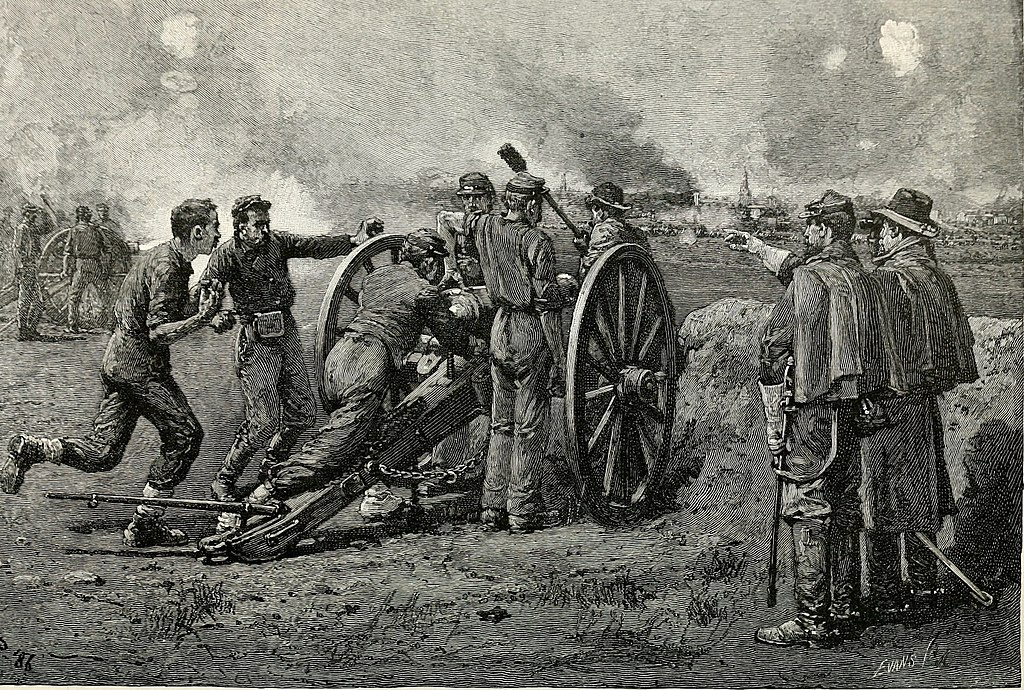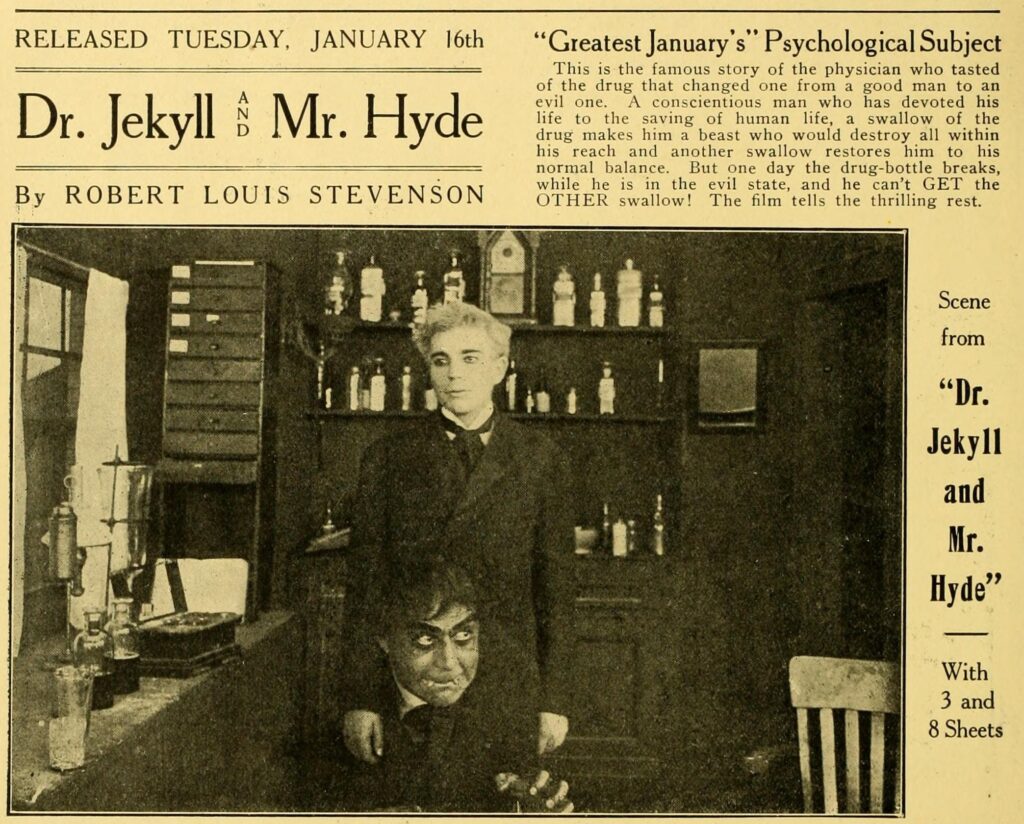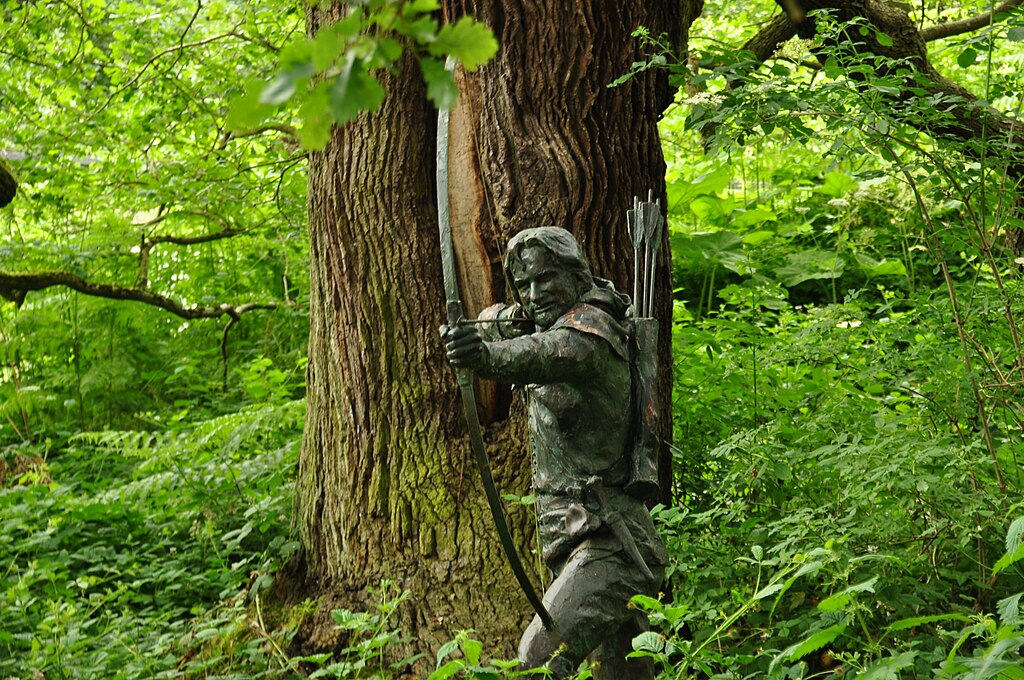
George Leonidas Leslie (1842 – 1878) wasn’t your average bank robber. In a true Dr. Jekyll and Mr. Hyde style, he was an architect by day and the mastermind behind some of the most audacious bank heists of the 19th century by night. His life continues to intrigue historians and true-crime enthusiasts alike. Let us look at 15 fascinating facts about the life and times of George Leonidas Leslie.
From an architect to a criminal

Born in Cincinnati, Ohio, around 1842, Leslie displayed an early aptitude for design and construction. He earned a degree in architecture from the University of Cincinnati, destined for a respectable career in construction. However, his life took a dramatic turn, leading him from drafting blueprints to cracking safes.
Civil War controversies

Details surrounding Leslie’s role (or lack thereof) in the Civil War are murky. Rumors suggest he paid to avoid service, a move that would have ostracized him from certain social circles in Cincinnati. This alleged act of disloyalty could have contributed to his decision to leave Ohio and pursue a different kind of “career” in New York City.
The birth of the king of bank robbers

He arrived in New York City in 1869. Leslie quickly shed his former life and chose a different path. He honed his criminal skills, studying bank layouts, devising ingenious tools to bypass security measures, and assembling a network of accomplices. His meticulous planning and successful execution of heists earned him the moniker “The King of Bank Robbers.”
The Ocean National Bank heist

Leslie’s most infamous crime was the 1869 robbery of the Ocean National Bank. The meticulously planned heist, orchestrated with the help of a corrupt bank employee and financed by a notorious underworld figure, got Leslie and his team a staggering sum of almost a million dollars (almost $18 million in today’s dollars). The crime shook the financial world and forever altered security measures in banks across the nation.
The little joker

Unlike brute force robbers, Leslie relied on his intellect and ingenuity. He is credited with inventing a special tool called the “little joker”; the tool was used to bypass complex combination locks. The exact design of the device remains a mystery even today, but its effectiveness is evident in Leslie’s success.
He led a double life

Leslie managed to maintain a facade of normalcy for some time. While orchestrating heists at night, he continued to work as an architect by day. The ability to compartmentalize his life speaks volumes about his intelligence and calculated approach to crime.
What after the Ocean National Bank heist?

Leslie’s capture for the Ocean National Bank heist did not mark the end of his criminal activity. He continued to operate, but with less success, until his eventual death in 1878. The details surrounding his final days remain shrouded in mystery, with some accounts suggesting he died penniless and alone.
Pardoned after 17 months?!

After serving only 17 months for his role in the Ocean National Bank heist, Leslie was granted a pardon by Illinois Governor, Joseph W. Fifer. The reasons behind this pardon remain unclear. Some speculate Leslie may have provided information on other criminals or perhaps there were doubts about the evidence against him.
He became an author and a speaker (woah!)

After his capture and eventual release from prison, Leslie’s life took an unexpected turn. He channeled his experiences into writing books (possibly fictionalized accounts of his crimes) and becoming a motivational speaker. The details surrounding his post-prison life are unclear, but this shift in profession suggests a desire for some form of redemption or perhaps a way to capitalize on his notoriety!
He married Molly Coath

Molly Coath was the 15-year old daughter of Mary Coath, the owner of the boardinghouse where Leslie stayed in 1870. They courted briefly and married. The newlyweds moved to New York City and lived as a society couple. Molly was oblivious to her husband’s criminal life but even after coming to know about it, she didn’t have a problem with it due to the money he was making.
How many banks did he rob?

Though the exact number is debatable, authorities estimated that Leslie was involved in a staggering 80% of bank robberies in the United States during his active years (from 1869 to roughly 1878). The dominance over the criminal underworld speaks volumes about his skill and the lack of sophisticated bank security measures at the time.
A Robinhood complex?

Some romanticized portrayals depict Leslie as a Robinhood-like figure, stealing from the rich banks and redistributing the wealth. However, there’s no evidence to support this claim. Leslie’s crimes were motivated by personal gain, not social justice.
He was an innovator

Despite his criminal nature, Leslie’s ingenuity with tools like the “little joker” indirectly contributed to the advancement of bank security measures. Banks, faced with increasingly sophisticated criminals, were forced to develop complex locks and safes.
What happened to the money?

Despite Leslie’s capture, the vast majority of the stolen money from the Ocean National Bank heist was never recovered. There was speculation for years, with theories ranging from the loot being buried somewhere to being discreetly sold off piece by piece. The true fate of the missing millions remains an unsolved mystery!
His legacy

Leslie’s life story can be interpreted in various ways. He was a brilliant architect who tragically turned to crime. His criminal actions caused significant financial losses and societal unrest. His life and legacy is an intrigue to modern readers.

[…] timeframe of the robberies (the last reported robbery was in 2020) indicates a persistent criminal with experience. It also suggests the bandit has been successful in his operations, allowing him to potentially […]
[…] fell into place when the correct key was inserted. Made from wood and ivory, these locks offered basic security for valuables in pharaoh’s tombs and wealthy households. They were used during the ancient Egypt era and are […]